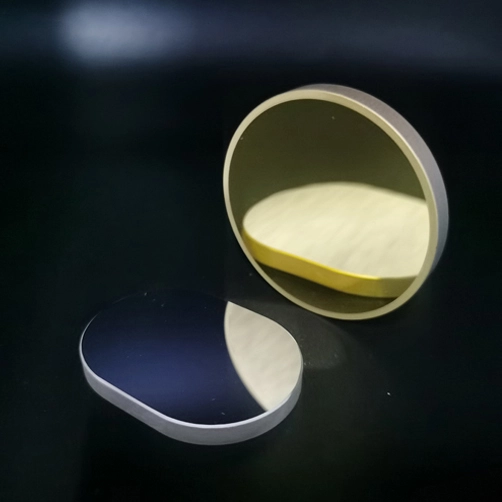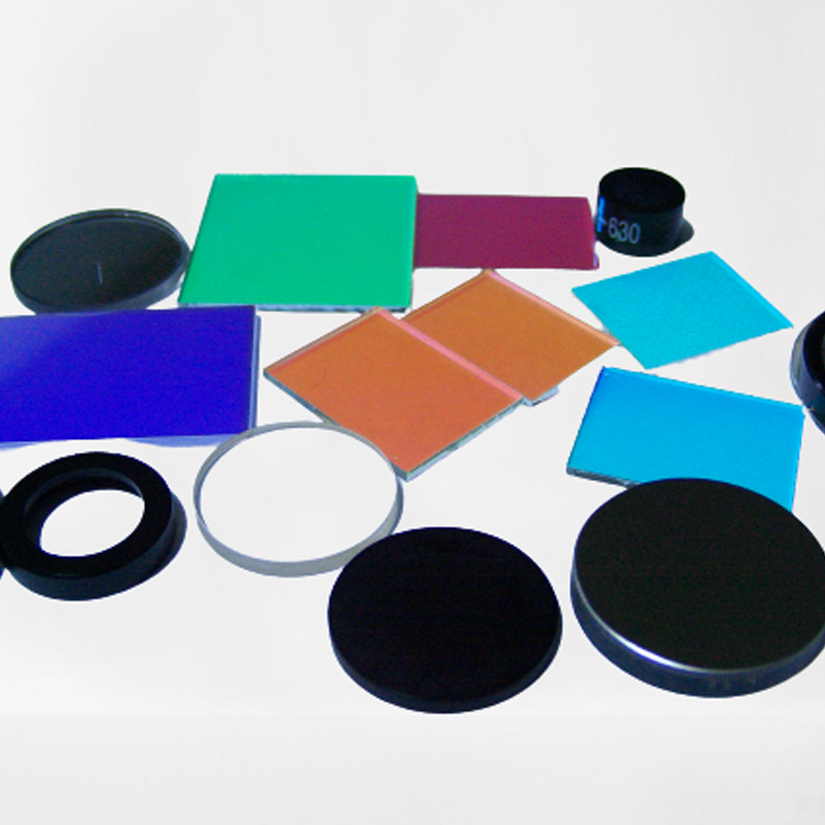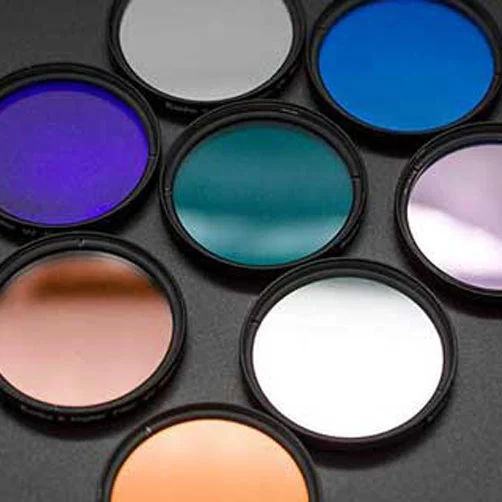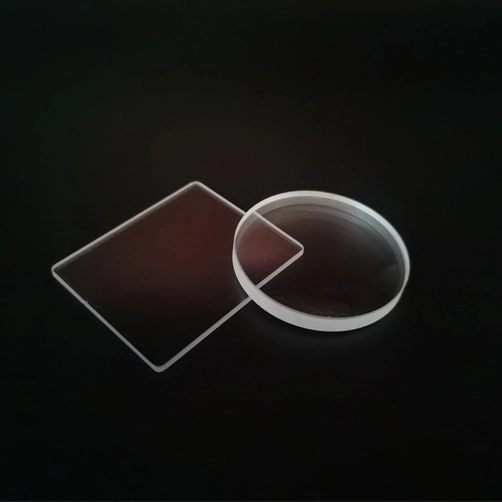
Cylindrical lenses are generally used to focus incident light onto a line or to change the aspect ratio of an image, usually in a line image, to control the direction of the beam.
Cylindrical lenses have a cylindrical surface that enables incident light to be focused in a certain dimension and stretch the image. Cylindrical lenses can have a negative or positive focal length and are suitable for laser line generation or anamorphic beam shaping to circularize laser output.
Compared with the general spherical lens, the cylindrical lens is very difficult to produce. It is necessary to choose the material reasonably, pay attention to the texture, air bubbles, impurities, uniformity and other characteristics of the material, and pay attention to the control of product specifications and quality, such as scratches, dents, gloss, etc., high-quality grinding technology.
Achromatic cylindrical lenses are similar in design and function to standard cylindrical lenses, with additional features that reduce spherical and chromatic aberrations at the image plane to dramatically improve image quality.
1. Build a broadband line light source
When achromatic cylindrical lenses are used for monochromatic light sources (such as laser diodes), these versatile cylindrical optical lenses can form spots that are 50–90% smaller than standard cylindrical lenses (depending on the lens numerical aperture used).
When used with broadband light sources, chromatic aberration is minimized and results in a concentrated image with less dispersion or a sharper image of irregular shapes.
2. Magnification in one direction
Achromatic cylindrical lenses use positive cylindrical lenses and are ideal for all applications that require magnification in a single dimension, unlike spherical lenses, which can only incident light in one dimension.
This capability is suitable for a variety of applications, including using laser diodes to generate lines or focusing a diverging beam onto a linear detector array.
3. Advantages of achromatic cylindrical lenses
Compared with monolithic lenses of equal diameter and focal length, the achromatic cylindrical lens has more advantages. combined lens.
The two materials are specifically designed to be used together to reduce spherical and chromatic aberrations, using a double-combination design to provide users with additional design freedom and further optimize performance.



